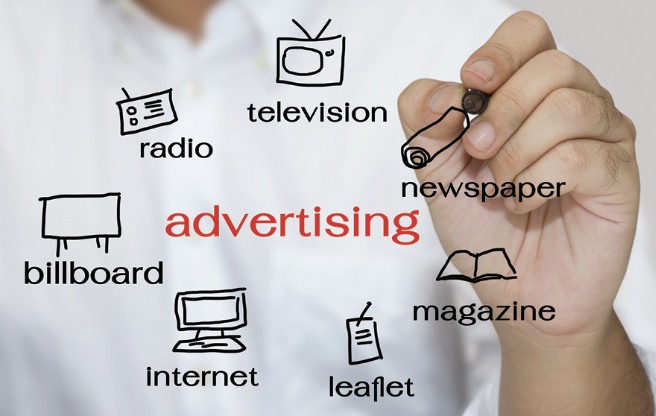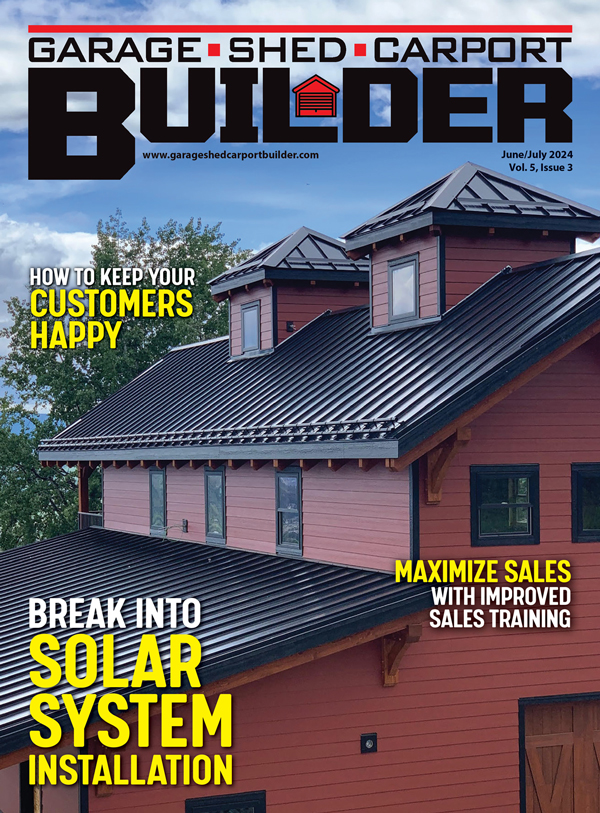A blessing and a curse of having magazines, websites, and trade shows is we have a large cross section of advertisers and exhibitors with whom we interact. Our advertisers range from new companies launching a venture to huge multi-national companies working through big city advertising agencies. Watching the dialog develop as advertisers progress through a buying process provides a great education of both what to do and what not to do.
One of the keys to successful advertising is asking yourself and the media company the right questions. Deciding how you ask the questions and why you ask the questions is often the most difficult part of the process. A corollary is that sometimes how the question is answered tells more than the actual answer.
Step 1: Decide on Your Objectives
Objectives for an advertising campaign will vary depending on the audience and type of product. The objective for a campaign is like a destination on a trip. If you don’t know your end point, you will probably never get there.
DON’T: Select a broad or general objective. A goal stating “I want to sell sheds” is self-defeating.
Sales proceed in a process. Most advertising should target moving a prospect one step in a sales process. A full-page ad, 30-second commercial, or sponsored post online represents an extremely small nugget of information. Unless you are selling a commodity on price, one ad cannot take a prospect through the entire sales process.
DO: Pick a specific objective. For retail advertising, it should be measurable.
Business-to-business or large-scale consumer advertising is vastly different from most retail consumer advertising. B2B or Fortune 500 companies often have subtle objectives. They might focus on branding, product awareness or education. Most of the prospects for these businesses will remain prospects for years, so there is time to develop a message. If you build carports and need 1½” screws with an EPDM washer, next year, if you are still building carports, you will still need screws.
If you are targeting retail prospects for your carport, once they buy a carport they are out of the market. The objective is to have them buy a carport from you before they buy from someone else. These types of campaigns focus on lead generation. The ad needs to feature a call to action with a reason to act now. The objective can be measured solely by the number of leads. Tracking the leads through the sales process is better. For retail marketing, where the customers buy once, data is king. How far did the prospects get through the sales funnel? What was their average spend? What size, color, or type? More detailed information allows you better control of your results.
Step 2: Decide on Your Audience
DON’T: Be afraid to narrow your audience. Most advertising rates are based on reach. Print advertising has a metric known as CPM, representing cost per 1,000. A magazine with 500,000 subscribers will naturally charge more than one with 20,000 subscribers. How many of the 500,000 subscribers are actual prospects?
DO: Get a clear picture and deep understanding of your prospect or target audience. This will make Step 3 much easier and more effective. Sales and marketing is about solving other people’s problems. The better you understand your audience, the better you can provide solutions.
Step 3: Craft a Message Specific to Your Audience and Your Objective
DON’T: Try to cram as much random information as possible into limited space. This makes the ad less visible and creates confusion about what information matters.
DO: Tell a story. Pictures and emotional imagery make people act and take the next step. A happy family enjoying a pool house will generate calls better than details like 28 gauge, 10’ x 12’, or Kynar metal roof. A happy family is the benefit, and benefits help people make decisions now. The exception is in some business-to-business advertising. Builders typically are looking for a specific product or solution; in this case sometimes the specifications matter.
Step 4: Find the Right Delivery Methods
DON’T: Try and make one ad do everything. All media has strengths and weaknesses. Avoid trying to force media to do something it cannot.
DO: Take advantage of the strengths and complementary properties of different media types. Print is excellent at delivering information and prospects can refer back to the ad. How many times have you asked “Where did I see that?” and start flipping through a magazine or newspaper? Voice and video ads are great at communicating emotion. Digital ads allow a quick and easy way to follow up [click here]. Use the different forms of media to reinforce your message in different ways.
Step 5: Verify the Information and Capability Before Committing
DON’T: Automatically assume everything is exactly as represented.
DO: Verify the information. Ask for data and audience metrics. Print magazines need to run a Statement of Ownership (SOO) once per year where they reference the number of magazines printed. These typically run in October issues. A SOO is required to qualify Periodical Status with the U.S. Postal Service. Other requirements include over half of the subscribers having renewed within three years. Not having Periodical Status translates to significantly increased postage rates. If a magazine doesn’t run that Statement and can’t easily produce it for you, there is usually a reason. The SOO is the simplest way to verify circulation in non-audited publications.
Relatedly, you’ll want to know the media company’s digital reach.
• If a magazine has a digital version, how, when, and where do your ads run?
• If a digital or email distribution, where and how did they get their audience?
Step 6: Track Your Results
This refers back to having specific objectives. For retail sales these are often easily quantifiable. How many calls or clicks? What is the conversion rate to the next step? For branding or educational based/awareness advertising, tracking often requires an additional step, such as a followup survey.
DON’T: Make the assumption that results will be instantaneous. Many products have a long buying cycle, so responses may be delayed until the prospect develops that specific need. Print and direct mail have a longer shelf life than radio or digital ads. I have been in situations where people have held onto a direct mail piece for over a year before trying to claim the discount.
DO: Measure as many steps in the process as possible. The desired end result is generating a sale. A large number of calls or clicks does not always translate into conversions to appointments or conversion to sales. By tracking prospects entering the funnel and progressing through stages, you can identify the quality of leads from a source and sometimes identify sticking points in your sales process.
DO: Use the data you generate to establish baselines and metrics. Having data on the number of calls or conversion to appointments can help you identify issues in sales and marketing before they impact your bottom line.
Step 7: Adapt Your Message, Audience, or Type of Media
Once you have data, use it to your advantage. A/B test everything you can. When you advertise for something with a short buying/response cycle, isolate one variable and compare results. Many email programs can automatically test Subject Lines. They send a percentage with each of two different subject lines. Then the majority of the email blast will send with the Subject Line that generated the most opens. By continually comparing options, you are able to determine what works best for your product and your audience.
DON’T: Change more than one variable at a time. If you create two different emails with different Subject Lines, different colors, a different audience, and a different call to action, you will have no way to determine why one performed better, and subsequently no idea what to change.
DO: Make sure your time constraints fit the product and type of advertising used. Many of our advertisers offer capital equipment for manufacturing. One advertiser of ours is expanding their production capacity and the expansion is taking 3-5 years for completion. If a buying cycle requires years, measuring a printed media response in days or weeks will obviously not accurately represent the success of one ad.
There are obviously a lot of moving parts to any advertising campaign. Remember that advertising and marketing is telling a story. Social media, radio, television, magazines, newspaper and direct mail are only different ways to deliver the same message. Different types of media fit different types of stories and different audiences. Understanding your audience and choosing the right method to deliver the message contribute to a successful campaign.
Gary Reichert is a 30-year veteran of sales and media and is the owner of Shield Wall Media and its magazines, websites, and shows, including Garage Shed Carport Builder.





















